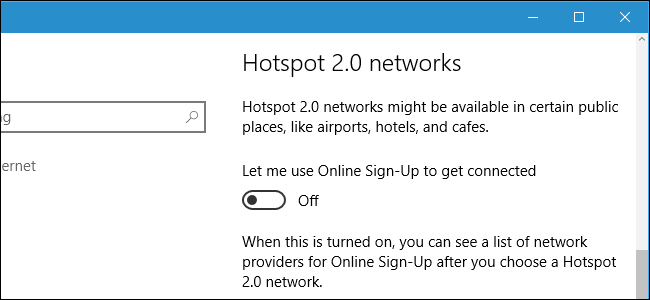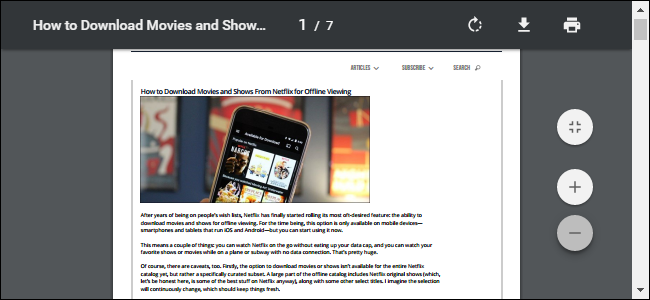
Chris Hoffman
Contributing since August, 2010
-
2888articles
Page 73
About Chris Hoffman
Chris Hoffman is the former Editor-in-Chief of How-To Geek. Chris has personally written over 2,000 articles that have been read more than one billion times---and that's just here at How-To Geek.
With over a decade of writing experience in the field of technology, Chris has written for a variety of publications including The New York Times, Reader's Digest, IDG's PCWorld, Digital Trends, and MakeUseOf. Beyond the web, his work has appeared in the print edition of The New York Times (September 9, 2019) and in PCWorld's print magazines, specifically in the August 2013 and July 2013 editions, where his story was on the cover. He also wrote the USA's most-saved article of 2021, according to Pocket.
Chris was a PCWorld columnist for two years. He founded PCWorld's "World Beyond Windows" column, which covered the latest developments in open-source operating systems like Linux and Chrome OS. Beyond the column, he wrote about everything from Windows to tech travel tips.
The news he's broken has been covered by outlets like the BBC, The Verge, Slate, Gizmodo, Engadget, TechCrunch, Digital Trends, ZDNet, The Next Web, and Techmeme. Instructional tutorials he's written have been linked to by organizations like The New York Times, Wirecutter, Lifehacker, the BBC, CNET, Ars Technica, and John Gruber's Daring Fireball. His roundups of new features in Windows 10 updates have been called "the most detailed, useful Windows version previews of anyone on the web" and covered by prominent Windows journalists like Paul Thurrott and Mary Jo Foley on TWiT's Windows Weekly. His work has even appeared on the front page of Reddit.
Articles he's written have been used as a source for everything from books like Team Human by Douglas Rushkoff, media theory professor at the City University of New York's Queens College and CNN contributor, to university textbooks and even late-night TV shows like Comedy Central's @midnight with Chris Hardwick.
Starting in 2015, Chris attended the Computer Electronics Show (CES) in Las Vegas for five years running. At CES 2018, he broke the news about Kodak's "KashMiner" Bitcoin mining scheme with a viral tweet. A wave of negative publicity ensued, with coverage on BuzzFeed News, CNBC, the BBC, and TechCrunch. The company's project was later reportedly shut down by the U.S. Securities and Exchange Commission.
In addition to his extensive writing experience, Chris has been interviewed as a technology expert on TV news and radio shows. He gave advice on dark web scans on Miami's NBC 6, discussed Windows XP's demise on WGN-TV's Midday News in Chicago, and shared his CES experiences on WJR-AM's Guy Gordon Show in Detroit.
Chris also ran MakeUseOf's email newsletter for two years. Nearly 400,000 subscribers received the newsletter complete with a handwritten tip every day.
Latest Articles
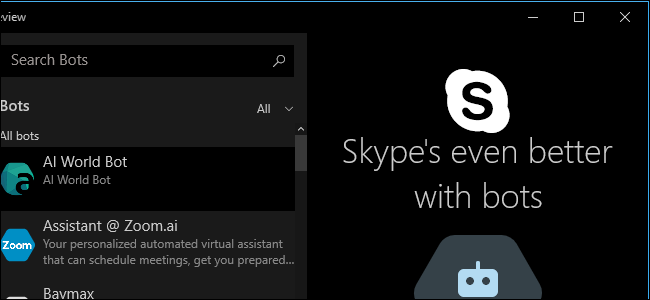
How to Stop Skype from Running in the Background on Windows 10
Windows 10 now signs you into Skype automatically, making you available so you'll always receive messages and incoming calls.
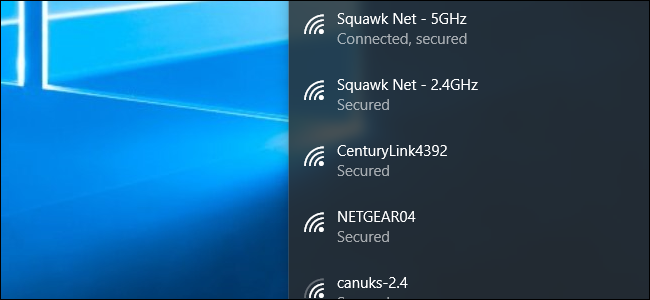
How to Change the Priority of Wireless Networks in Windows 8 or 10
Windows automatically connects you to wireless networks you've connected to in the past.
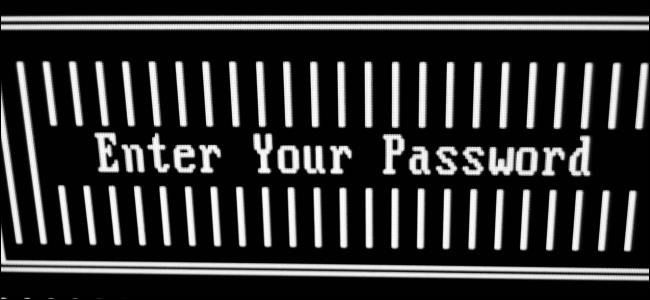
Why You Should Worry Whenever a Service's Password Database Is Leaked
"Our password database was stolen yesterday.
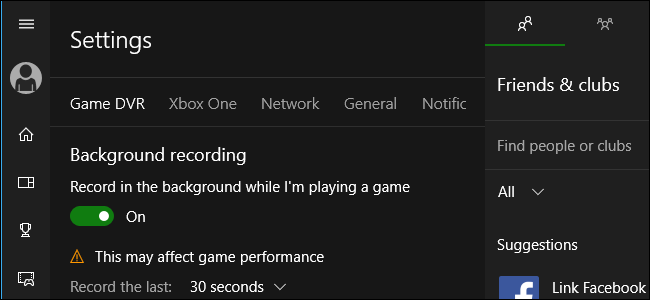
How to Stop Windows 10's Game DVR From Slowing Down Your PC Gameplay
Windows 10's built-in Game DVR feature helps you record your gameplay, capture screenshots, and share them online.
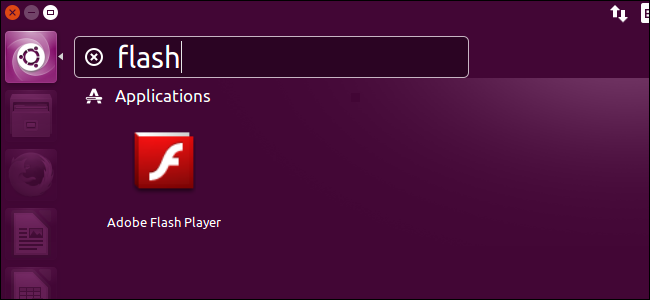
How to Install the Latest Version of Flash on Ubuntu Linux
After axing Flash for Linux in 2012, Adobe revived the Flash plugin for Firefox and other browsers on Linux in 2016.
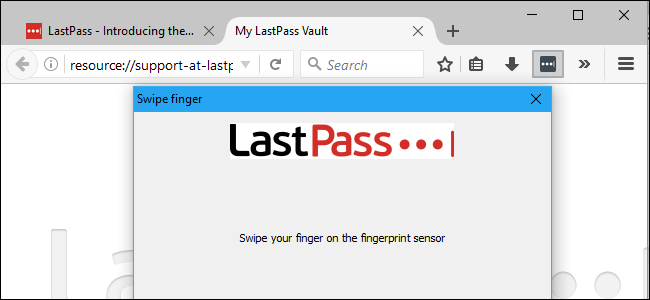
How to Log In to Your LastPass Password Vault With Your Fingerprint in Windows
Password managers like LastPass are the most secure way to generate and store passwords for all your favorite sites.
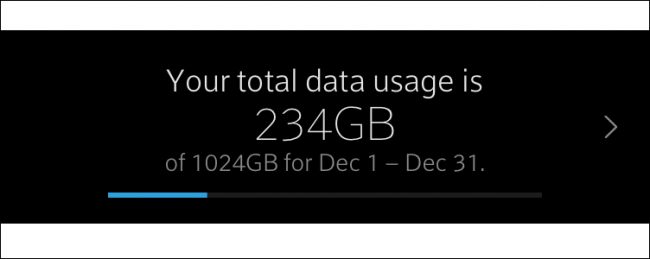
How to Check Your Comcast Data Usage to Avoid Going Over the 1TB Cap
In most states, Comcast now imposes a 1TB per month data cap on your Internet connection.

How to Turn On Two-Factor Authentication for Your Google Account with Google Authenticator
Google Authenticator protects your Google account from keyloggers and password theft.
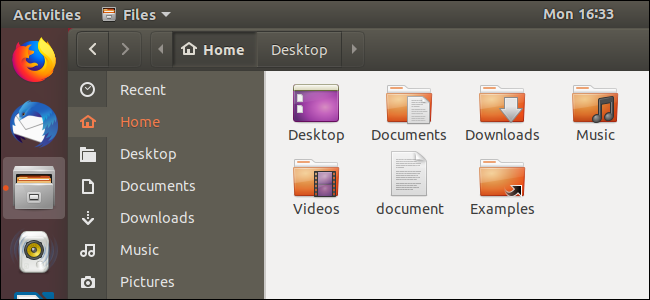
How to Create a Live Ubuntu USB Drive With Persistent Storage
Don't feel like reinstalling an antivirus program every time you boot up your Ubuntu flash drive? We'll show you how to create a bootable Ubuntu flash

Not All "Viruses" Are Viruses: 10 Malware Terms Explained
Most people seem to call every type of malware a "virus", but that isn't technically accurate.

Everything You Need to Know About Customizing Android's Lock Screen
Android's lock screen supports a variety of different unlock methods as well as widgets, which allow you to take action and view information from the lock screen.

Does Brand Really Matter When Buying a Hard Drive?
When it comes to hard drives, everyone seems to have a horror story about one brand or another that failed them.

How to Create Bootable USB Drives and SD Cards For Every Operating System
Creating installation media for your operating system of choice used to be simple.
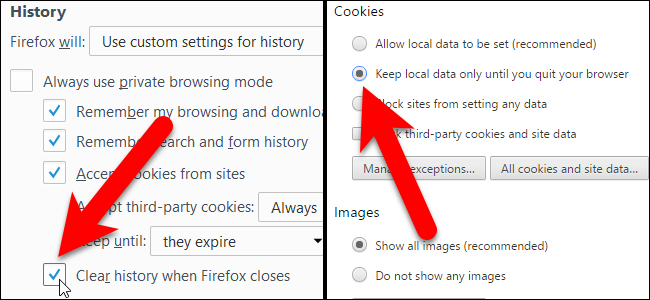
How to Automatically Clear Private Data When You Close Your Browser
Web browsers normally save your private data---history, cookies, searches, downloads, and more---and only delete it when you ask.

How to Install Skyrim and Fallout 4 Mods with Nexus Mod Manager
Like many Bethesda games, modding is one of the big draws of games like Skyrim and Fallout 4 on the PC.

How to Connect to a VPN From Your iPhone or iPad
Modern iPhones and iPads have excellent VPN support.
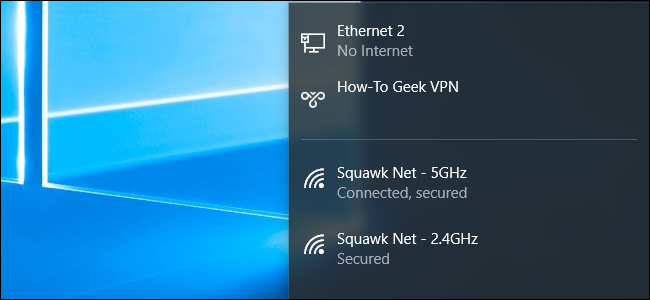
How to Connect to a VPN in Windows
We've covered virtual private networks and when you might want to use them before.

How to Quickly Type Special Characters on Any Computer, Smartphone, or Tablet
Most characters you can type don't appear on your keyboard, whether you're using a physical keyboard or a touch one.

